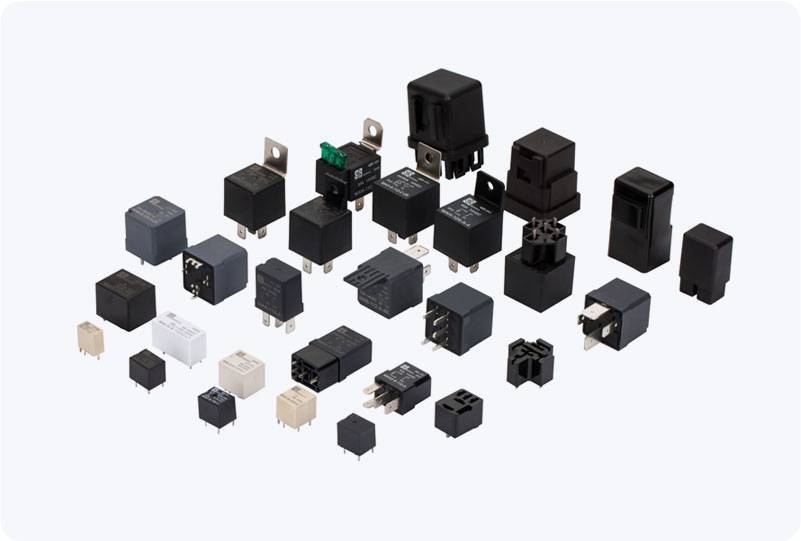Telecommunication relay plays a crucial role in modern communication systems by ensuring the efficient transmission of data across vast distances, enhancing signal quality, and ensuring seamless connectivity. From long-distance communication to wireless networks and satellite systems, telecommunication relays facilitate the expansion and reliability of communication infrastructures. This article explores the function, types, and significance of telecommunication relay in today’s technological landscape.

What is Telecommunication Relay? At its core, a telecommunication relay refers to a system or device that retransmits signals, data, or information across a network. It serves as an intermediary point in the communication process, receiving signals from the source, processing them, and forwarding them to the intended destination. These relays are essential in overcoming the limitations of direct signal transmission, such as signal degradation over long distances or the inability to reach certain geographical areas. The Role of Telecommunication Relays Signal Amplification and Transmission: One of the primary functions of telecommunication relays is to amplify or regenerate signals that degrade during transmission. In long-distance communication systems, signals lose strength due to resistance, noise interference, and other factors. Relays help restore signal integrity by amplifying weak signals, ensuring the reliable transfer of information without significant loss of data.